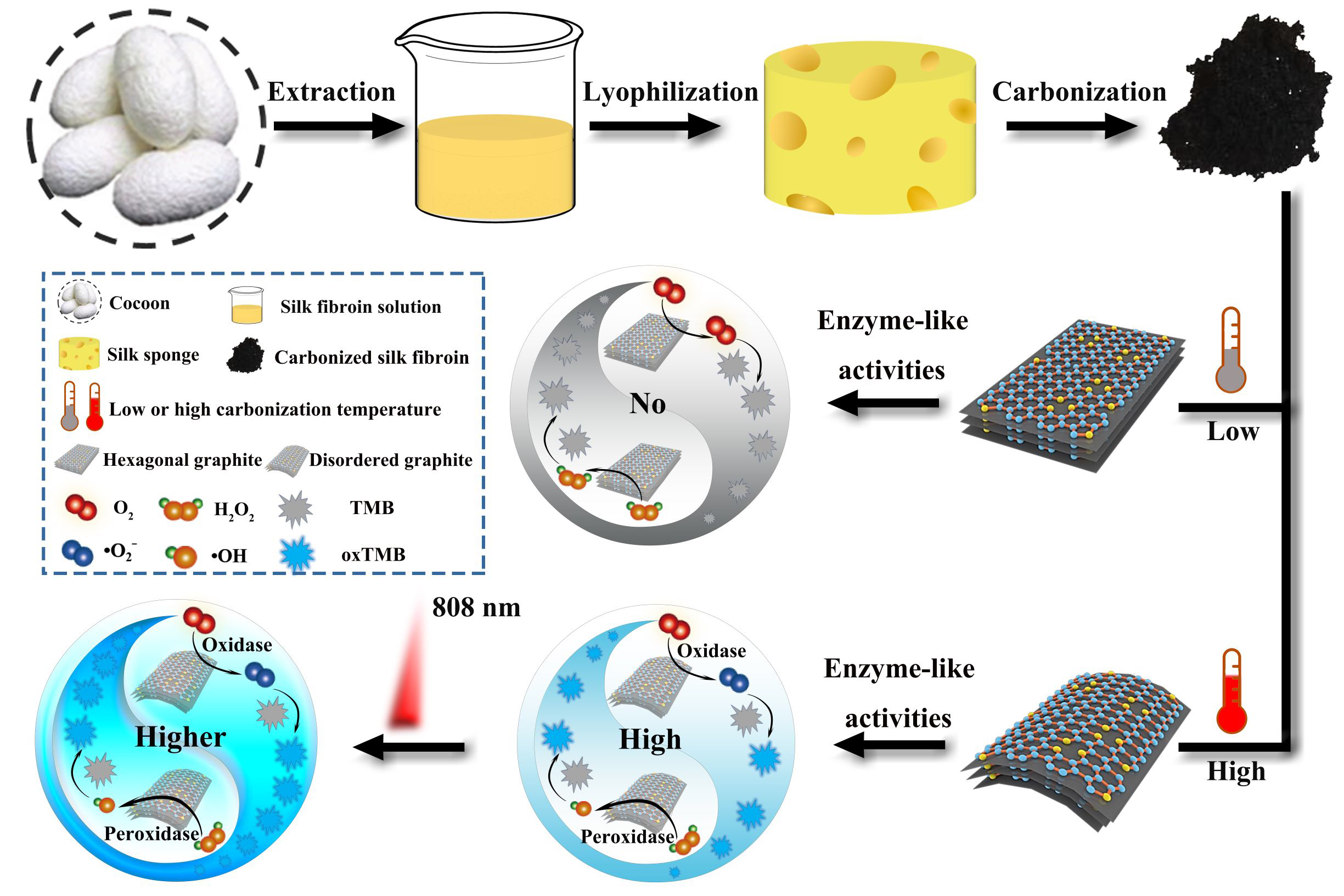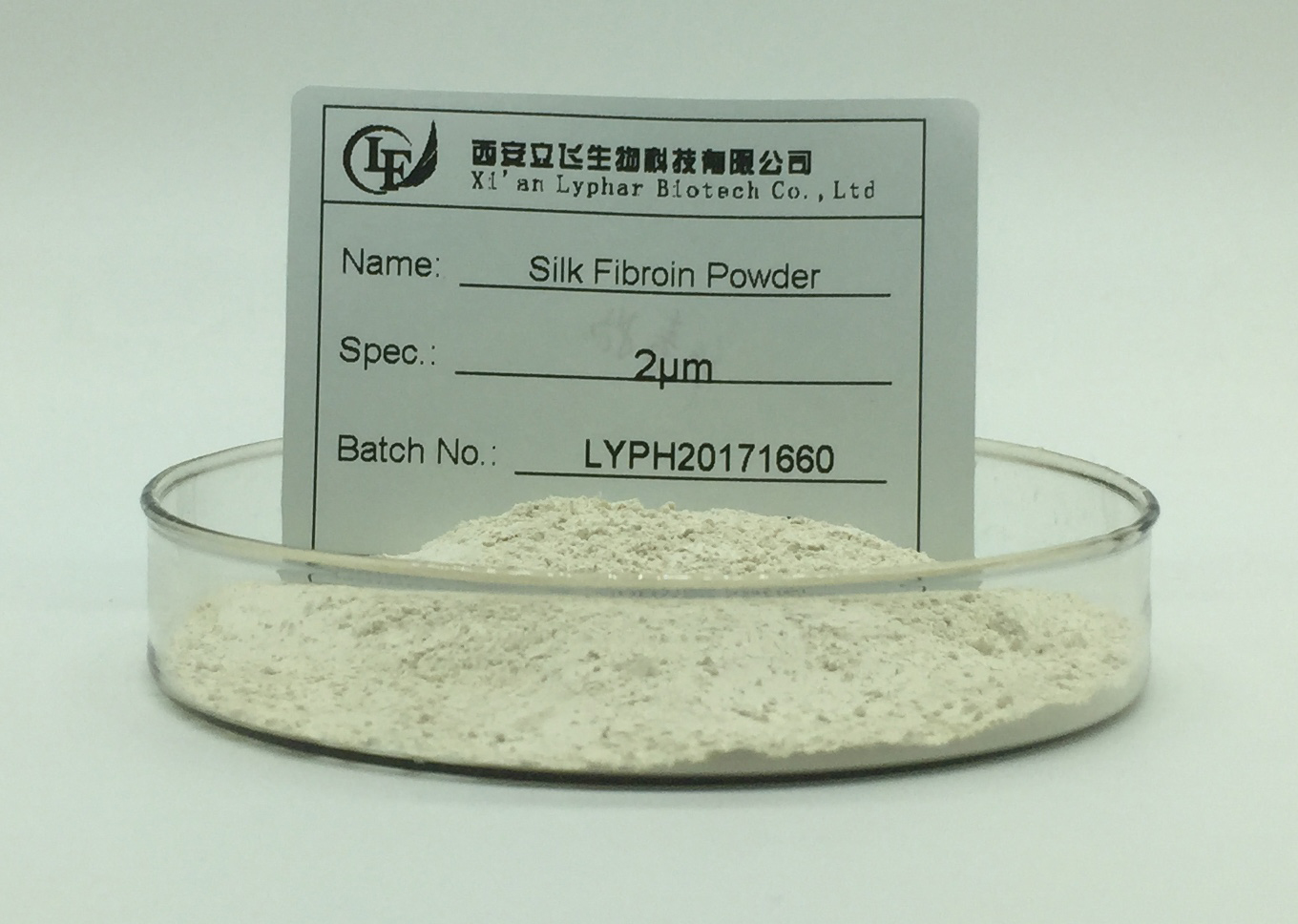Silk Fibroin, the protein derived from the silk of silkworms, has numerous applications across a variety of fields due to its unique properties like biocompatibility, biodegradability, strength, and flexibility.
Applications of Silk Fibroin
1. Biomedicine and Healthcare
- Tissue Engineering: Silk fibroin is often used as a scaffold material for tissue regeneration due to its ability to promote cell adhesion and growth. It’s particularly useful in skin, bone, and nerve tissue engineering.
- Wound Healing: Silk fibroin is used in wound dressings and bandages, as it aids in the healing process, reduces infection risk, and provides a moist environment for the wound.
- Drug Delivery Systems: Due to its biodegradable nature, silk fibroin is used in controlled drug delivery systems, where it slowly releases the drug over time.
- Sutures and Surgical Implants: Silk fibroin is natural strength and biocompatibility make it ideal for medical sutures and other implantable devices.

2. Cosmetics and Skincare
- Anti-Aging Products: Silk fibroin proteins are used in skincare products to improve skin elasticity, hydration, and repair, helping reduce the appearance of fine lines and wrinkles.
- Hair Care: The protein’s ability to strengthen hair and improve its texture is harnessed in shampoos, conditioners, and hair treatments.
3. Textiles and Fashion
- High-Performance Fabrics: Silk fibroin can be used to create fabrics with high durability, lightweight, and moisture-wicking properties. These fabrics can be used in both luxury fashion and technical garments.
- Biodegradable Clothing: The increasing demand for eco-friendly fashion has led to the development of biodegradable textiles from silk fibroin.
4. Environmental Applications
- Biodegradable Packaging: Researchers are exploring the use of silk fibroin in creating biodegradable films and coatings for food packaging, offering an eco-friendly alternative to plastic.
- Water Filtration: Silk fibroin has been utilized in water filtration systems, as it can form highly porous, yet strong, structures that can filter out contaminants.
5. Electronics and Photonics
- Flexible Electronics: Silk fibroin is also being used in flexible electronics, such as sensors and biodegradable electronic devices. Its electrical conductivity and mechanical properties make it a viable material for these applications.
- Photonic Devices: Due to its natural optical properties, silk fibroin is being explored in photonics, for uses like light-emitting diodes (LEDs) and solar cells.
6. Food Industry
- Food Packaging: Silk fibroin-based films are being researched for use in food packaging, as they offer a biodegradable, non-toxic alternative to synthetic plastics.
- Food Coatings: It can also be used as an edible coating to extend the shelf life of perishable food products, providing a natural barrier to moisture and contamination.

7. Nanotechnology
- Nanoparticles: Silk fibroin can be engineered at the nanoscale to create silk nanoparticles, which are utilized for drug delivery, as bio-imaging agents, and in biosensors.
- Nanofibers: The protein can be spun into nanofibers for use in filtration systems or as a material for various biomedical applications.
8. Agriculture
- Pest Control: Silk fibroin-based products are being developed for use in eco-friendly pest control, such as biopesticides, as they can be toxic to insects without harming the environment.
Conclusion:
Silk fibroin’s remarkable properties make it a versatile material for a wide range of applications in healthcare, the environment, and industry. Its use is expected to expand further as research continues to explore its full potential.
